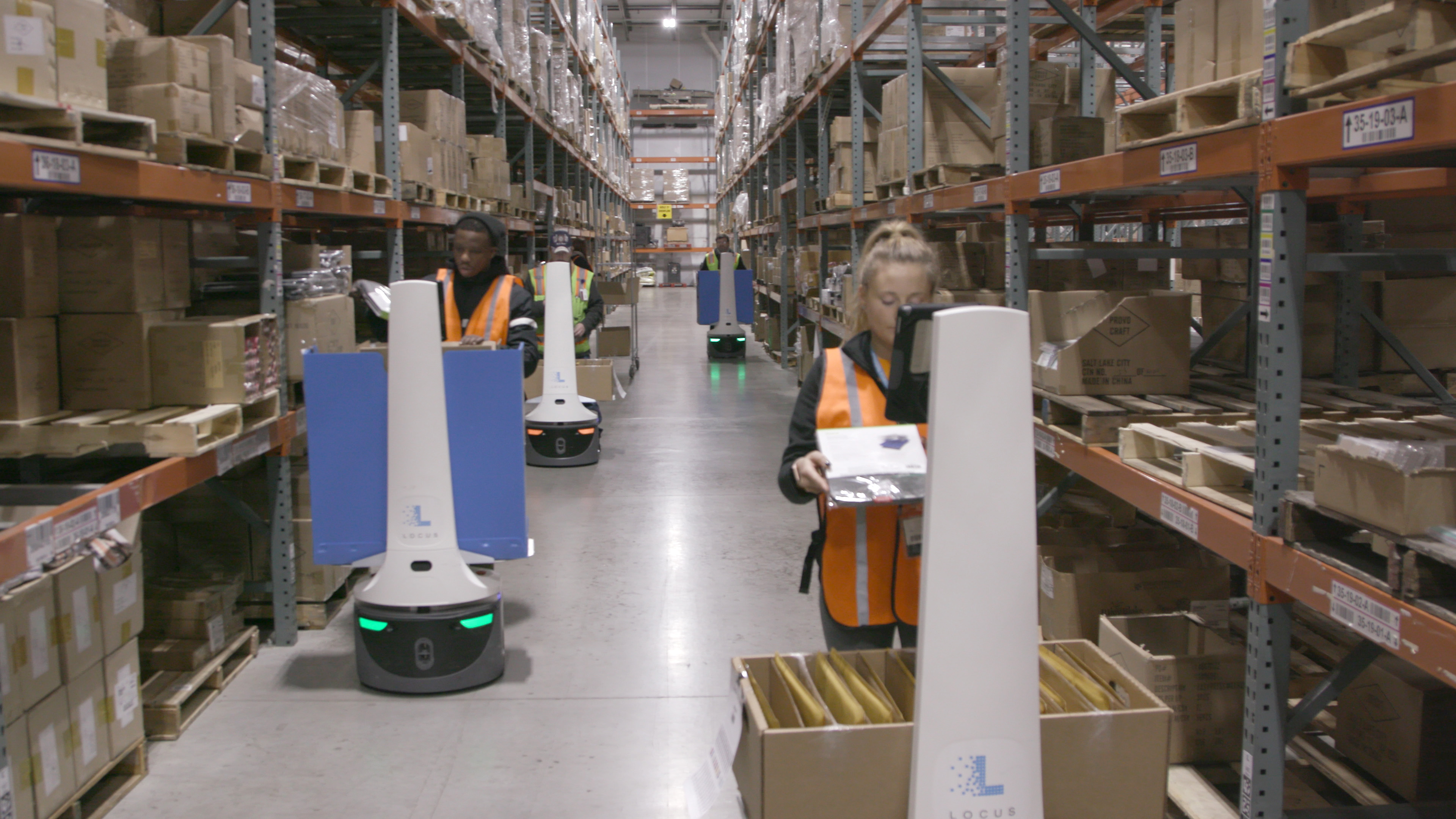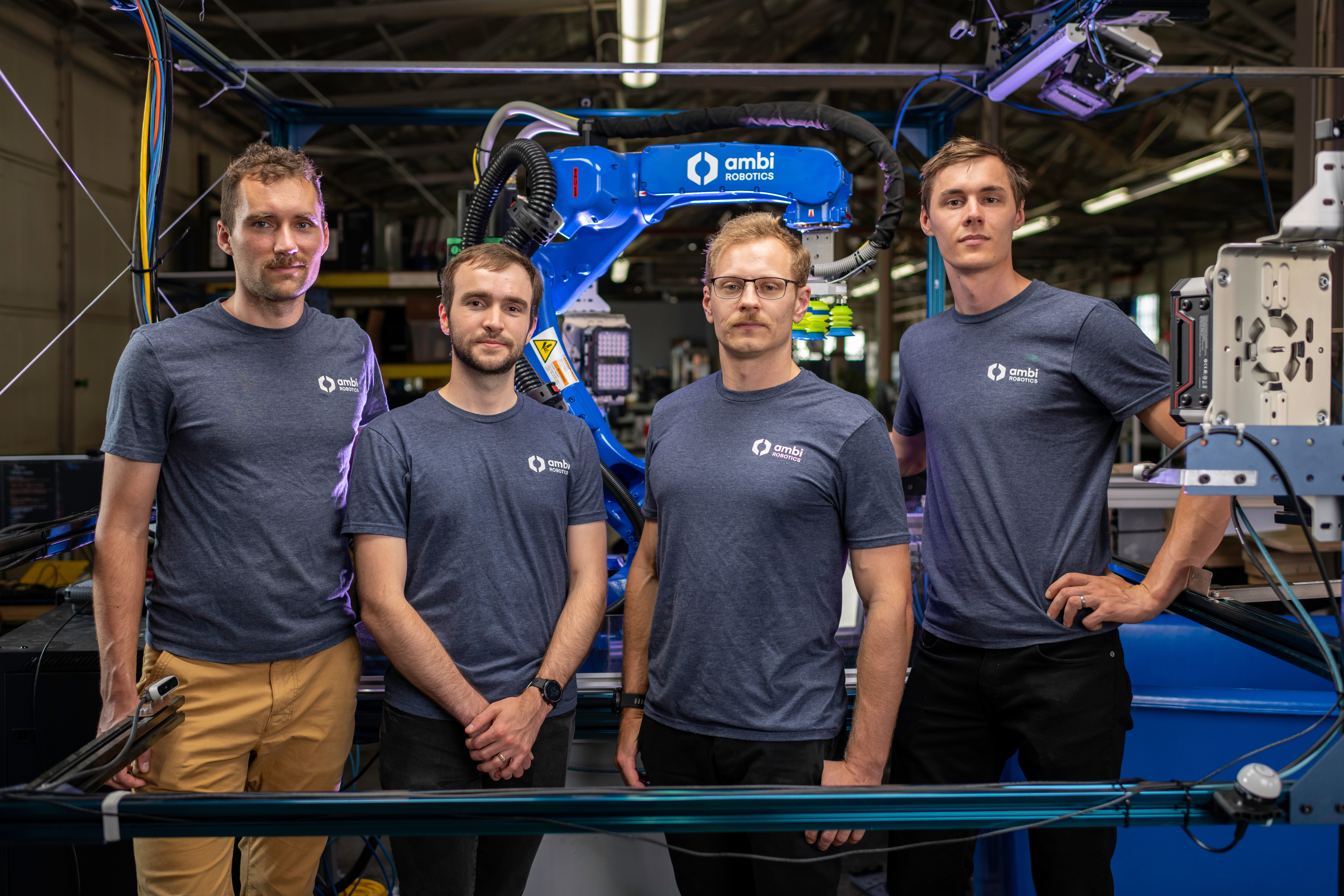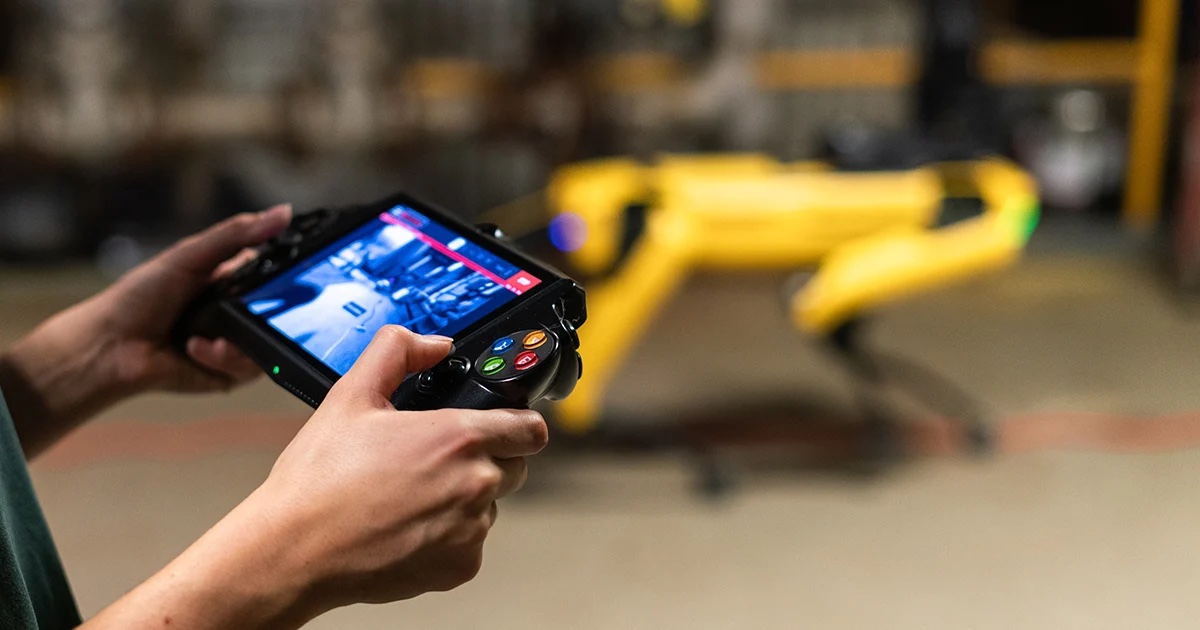On Tuesday, Tiger Global led not one but two big funding rounds, announcing its role in a $26 million Series A for Ambi and an additional $50 million for Locus Robotics. The firm has been so active in investing of late, that neither one of these companies cracked Alex’s coveted “Today’s Tiger round” in our daily newsletter (that honor went to a $150 million round for Indonesian fintech company Xendit).
It’s fair to say that Tiger is bullish about robotics as a category. Other rounds in recent months include $36.7 million for Rapid Robotics and $100 million for Path — both Series B. All of the rounds are head-turning in the robotics world, and they represent a broad scope under the larger robotics umbrella. Ambi and Locus both operate (though address different problems) in the logistics/fulfillment spaces, while Path and Rapid deal with construction and manufacturing, respectively.
Image Credits: Bryce Durbin/TechCrunch
Don’t forget to sign up to get the upcoming free newsletter version of Actuator delivered to your inbox.
Certainly that last bit speaks to how diversified interest has been in the category. All of the above industries no doubt saw enough impact during the pandemic to significantly accelerate interest in automation.
Image Credits: Locus Robotics
It’s also telling that the warehouse/fulfillment side of things gets a bit of extra love. In addition to the general strains of the pandemic, there’s the fact that everyone is looking for a way to compete with Amazon. The retailer already has a massive stranglehold on these categories and gave itself a big head start in terms of automation through a series of acquisitions. It’s an industry where any competitive advantage means a lot, and companies like Locus are hoping to crack that code.
In February, the company raised a hefty $150 million, with Tiger on as co-lead. And this week, the firm returned with another $50 million. Locus’ approach to the category offers more flexibility than those companies that require a kind of ground-up rebuild. It’s an appealing option in terms of pricing and time frame, and makes a lot more sense for organizations looking for seasonable robotic help — ditto for the company’s robotics-as-a-service pricing model.
Image Credits: Ambi Robotics
Ambi, which got its first TechCrunch mention in one of these columns several months back, specializes in pick and place/sorting robots. The company came out of stealth is April and is already seeing solid adoption.
“Ambi Robotics combines cutting-edge AI technology with engaging user interfaces to transform the role of ‘item handlers’ to ‘robot handlers,’ ” CEO Jim Liefer said in a release. “With our Series A funding, we will be able to empower more companies to help their associates work harmoniously alongside robots.”
Image Credits: Berkshire Grey
On the aforementioned ground-up approach to warehouse automation, Berkshire Grey this week announced its own Robotic Pick and Pack (RPP) system, designed to pack goods into shipping packages. The system has already been deployed at SoftBank Logistics’ flagship location in Ichikawa, Japan.
Here’s COO Steve Johnson:
We believe our RPP system is the first robotic eCommerce fulfillment solution capable of completely automating the picking and packing process of direct-to-consumer orders for apparel, cosmetics, health and beauty, sporting equipment, food and general merchandise — it will transform the speed and efficiencies of warehouses and fulfillment centers around the globe. Berkshire Grey RPP excels in handling orders – the AI handles a wide range of SKUs and does so carefully – meeting even the exacting quality standards of Japanese consumers.
Image Credits: Boston Dynamics
Boston Dynamics, meanwhile, announced an update for Spot that brings additional autonomous features to the four-legged robot. Specifically, the Spot Release 3.0 update is designed to improve the robot’s data collection capabilities. Per BD:
Schedule missions for Spot to collect photos, thermal images, point clouds, and other critical data; process that data into valuable signals at the edge with computer vision models; and create custom uploads to send those signals to your existing systems, so it’s easy to keep all of your data in one place for analysis and review. Spot Release 3.0 makes dynamic sensing available to everyone.
